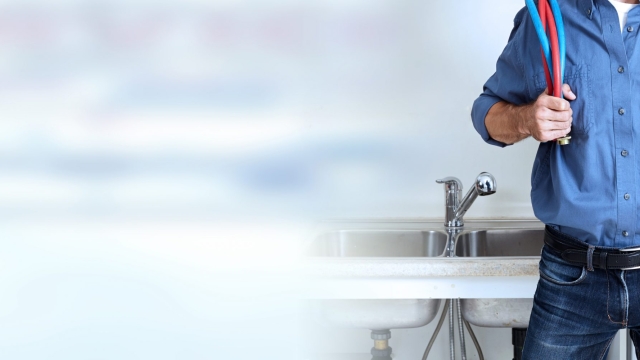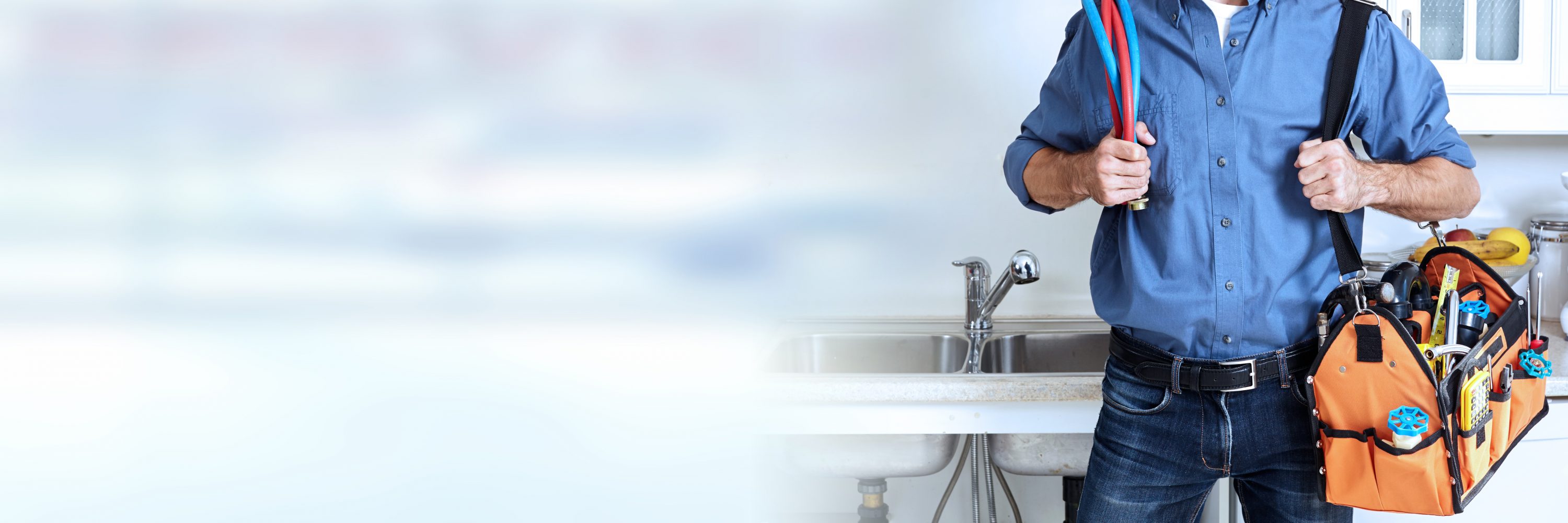When it comes to the functionality and convenience of our homes, plumbing plays a vital role. From hot showers to flushing toilets, and flowing sinks to efficient appliances, a well-maintained plumbing system ensures a comfortable lifestyle. However, like any other aspect of our homes, plumbing can also encounter its fair share of issues. Leaky faucets, clogged drains, and overflowing toilets can quickly turn into sources of frustration. But fear not, for with a little knowledge and the right tools, you can become the master of your own plumbing domain.
In this comprehensive guide, we will walk you through the essentials of plumbing, equipping you with the skills and knowledge to tackle common household issues with confidence. Whether you are a complete beginner or have some experience under your belt, this guide aims to simplify the complexities of plumbing and empower you to be able to handle many of the problems that may arise. From understanding the basics of plumbing systems to troubleshooting common issues and even knowing when it’s time to call a professional, our goal is to provide you with a go-to resource for all things related to plumbing.
So, roll up your sleeves, grab your toolkit, and let’s journey into the world of plumbing together. By the end of this guide, you’ll not only have a better understanding of how your plumbing works but also possess the necessary skills to address minor plumbing issues efficiently. Are you ready to take the plunge into the art of plumbing mastery? Let’s dive in!
Identifying Common Plumbing Issues
Plumbing problems can be a nuisance and disrupt the smooth functioning of your household. It is essential to quickly identify and address these issues to prevent further damage. Here are three common plumbing problems that you may encounter:
Leaking Faucets: One of the most common plumbing issues is a leaking faucet. This can be identified by the constant dripping or water pooling around the base of the tap. Leaky faucets not only waste water but can also lead to higher water bills. If left unattended, they can cause damage to the surrounding fixtures and cabinets. It is important to fix a leaking faucet promptly to conserve water and prevent any potential damage.
Clogged Drains: Another common plumbing problem is a clogged drain. This can be identified when water accumulates in sinks, showers, or bathtubs and drains slowly or not at all. Clogged drains are often caused by a buildup of hair, soap residue, food particles, or foreign objects. They can be quite frustrating and can lead to foul odors and potential water damage if not addressed. Regular drain maintenance and avoiding the disposal of non-biodegradable items down the drain can help prevent this issue.
Running Toilets: A running toilet is a plumbing problem that often goes unnoticed but can lead to significant water wastage. It can be identified by the sound of water continuously running in the toilet tank, even when it is not in use. A faulty flapper valve or an issue with the fill valve can cause a toilet to run constantly. Fixing a running toilet can save a substantial amount of water and prevent unnecessary expenses on your water bills.

By being aware of these common plumbing issues and promptly addressing them, you can maintain a well-functioning plumbing system in your home. Regular maintenance and seeking professional help when needed can prevent further complications and costly repairs down the line.
Basic Tools and Safety Precautions
When it comes to mastering the art of plumbing, having the right tools is essential. Here are a few basic tools every aspiring plumber should have in their arsenal:
Pipe Wrench: This versatile tool is a must-have for any plumbing job. Its adjustable jaws allow you to grip pipes of various sizes securely. Whether you’re loosening or tightening connections, a pipe wrench will be your best friend.
Plunger: Ah, the trusty plunger! This simple yet effective tool is perfect for tackling common household plumbing issues like clogged drains and toilets. Make sure to choose the right plunger size for the job, and remember to apply firm but controlled pressure.
Local PlumbersPipe Cutter: Sometimes, you might encounter pipes that need to be replaced or resized. That’s when a pipe cutter comes into play. This tool cuts through pipes cleanly, making it easier to remove or modify sections as needed.
Safety should always be a priority when working with plumbing. Here are a few precautions you should take before diving into any project:
Safety Glasses: Protect your eyes from potential splashes or debris by wearing safety glasses. Plumbing work often involves working with water, chemicals, or even sharp objects, so it’s best to keep your eyes shielded at all times.
Gloves: Keep your hands safe and clean by wearing gloves. They provide protection against bacteria, sharp edges, and rough surfaces. Opt for durable, waterproof gloves to ensure your hands stay dry.
Turn off the Water: Before starting any plumbing project, always turn off the water supply to the area you’ll be working on. This will help prevent accidental leaks or water damage while you’re making repairs or adjustments.
By having the right tools and taking necessary safety precautions, you’ll be well on your way to mastering the art of plumbing and confidently tackling common household issues. Stay tuned for the next section of our plumbing guide, where we’ll delve into troubleshooting tips for common plumbing problems.
Simple DIY Solutions for Plumbing Problems
Unclogging a Drain:
One of the most common plumbing issues in households is a clogged drain. Before reaching for chemical drain cleaners, try using a plunger. Ensure there is enough water in the sink or bathtub to cover the plunger, then create a tight seal and vigorously plunge up and down. The suction created should help dislodge the clog. If the plunger doesn’t work, you can try using a drain snake to remove the blockage manually.Fixing a Leaky Faucet:
A leaky faucet not only wastes water but can also be an annoyance. To fix it, start by turning off the water supply under the sink. Then, carefully disassemble the faucet to locate the source of the leak, which is typically a worn-out washer or O-ring. Replace the faulty part with a new one and reassemble the faucet. Turn on the water supply to check if the leak has been resolved.Repairing a Running Toilet:
A toilet that won’t stop running can lead to unnecessary water waste and increased water bills. To fix this issue, remove the tank lid and check the flapper valve. If it appears dirty or damaged, clean or replace it accordingly. Additionally, adjust the chain connected to the flapper valve, ensuring it has enough slack to close the valve completely. Finally, check the water level in the tank and adjust the fill valve if necessary.
Remember, these simple DIY solutions can help address common plumbing problems. However, if you’re unsure or the issue persists, it’s always best to consult a professional plumber for a thorough assessment and resolution.


